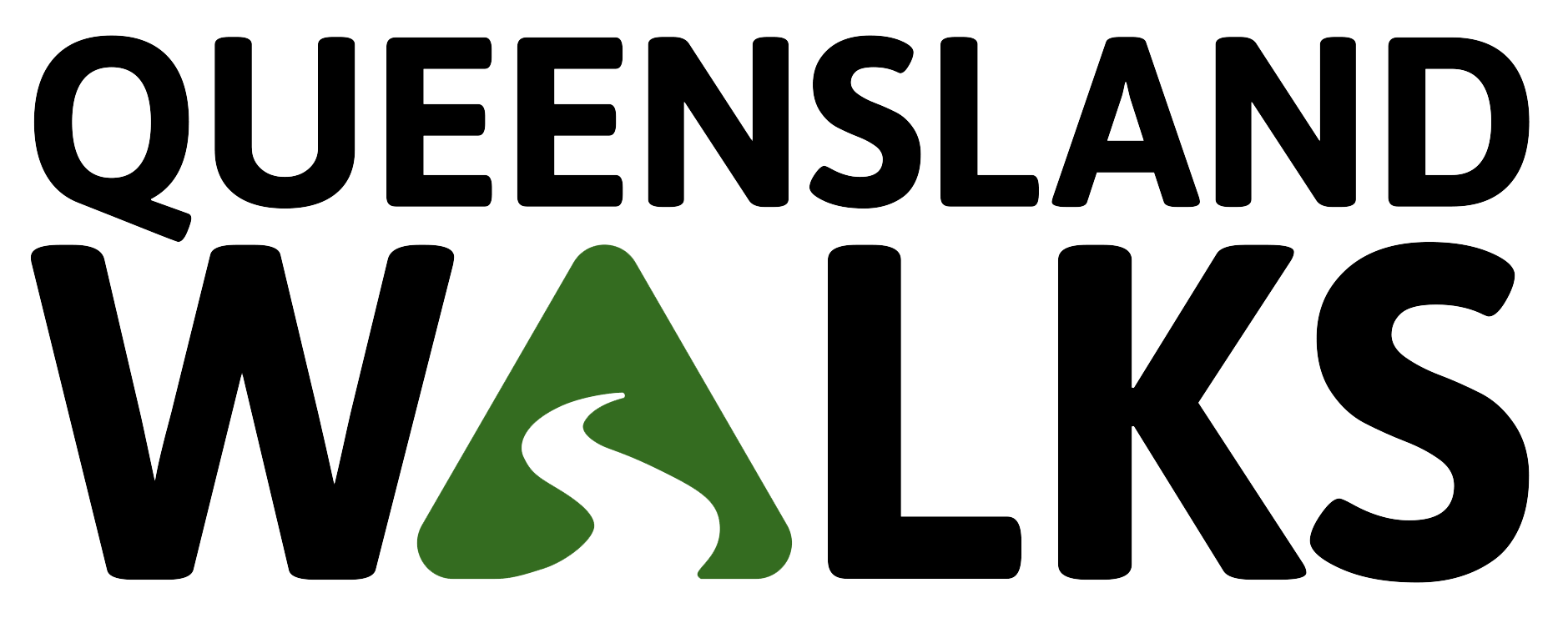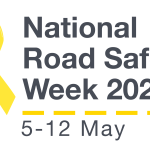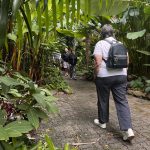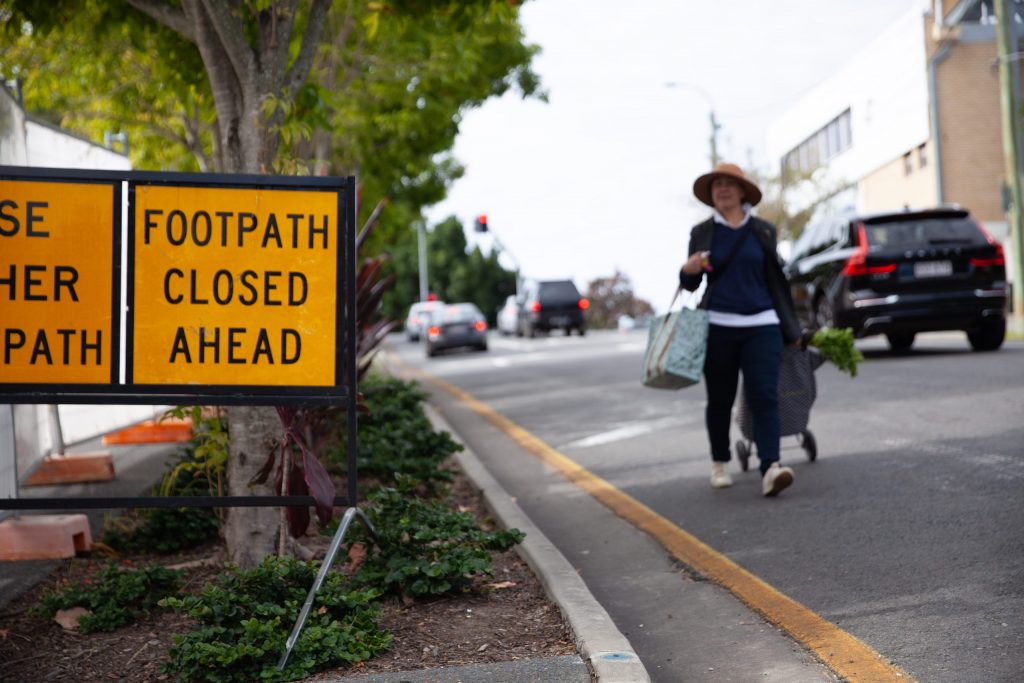If you have an ongoing or complex issue, would like to discuss improvements, or you are not satisfied with a response, you can contact your local representative.
Firstly, check that you’re engaging with the correct level of government. Most walking issues are the responsibility of local governments, but not all. This is not to say that your state or federal MP cannot help by using their contacts, but they will often direct you to the appropriate level.
Footpaths, kerb ramps and crossings are often called ‘assets’. Use the ‘Search Asset Owner’ tool below to search for the owner or manager of the ‘asset’.
Once you know who the asset owner is, you might like to start with contacting your local Councillor, or the Council. It may sound obvious, but always be polite and try not to be overly emotive or exaggerate the problem. Sometimes the problem can be a matter of road safety, and if this is the case, we recommend that you contact the asset owner – Council or State to alert them to the danger.
Most representatives are keen to help where they can. Sometimes it might take more than one resident to make a case for improvements.
Ways to share your ideas
- Send an email or letter, outlining your concerns and ideas and asking for what solution you think would solve the problem. You don’t have to provide a lot of material, but set out your case clearly (with supporting evidence if possible). Include a petition if you have one.
- Request a meeting with your representative’s office. They’ll want to know about your issue so they can do some research and get some background material from council staff before the meeting. They may suggest you meet with a staff member first, but don’t think they are ignoring you. Many politicians are busy.
- Most representatives have meetings or sessions where they meet with members of the public which are usually advertised locally. You can turn up to these, but don’t expect a lengthy discussion or firm commitment on the spot.
- Most councils and governments have ways that you can collect online signatures for a cause. These can be useful to get the support of more people, but because they are easy to share and sign, do not generally carry the same weight as the same number of individual requests.
- Responding to plans and development applications. Local governments provide details of development applications on their websites, which can include things like architectural drawings, traffic plans and environmental reports. These can be quite detailed and complicated, so read them carefully or see if you can find a friendly architect or planner to help you.
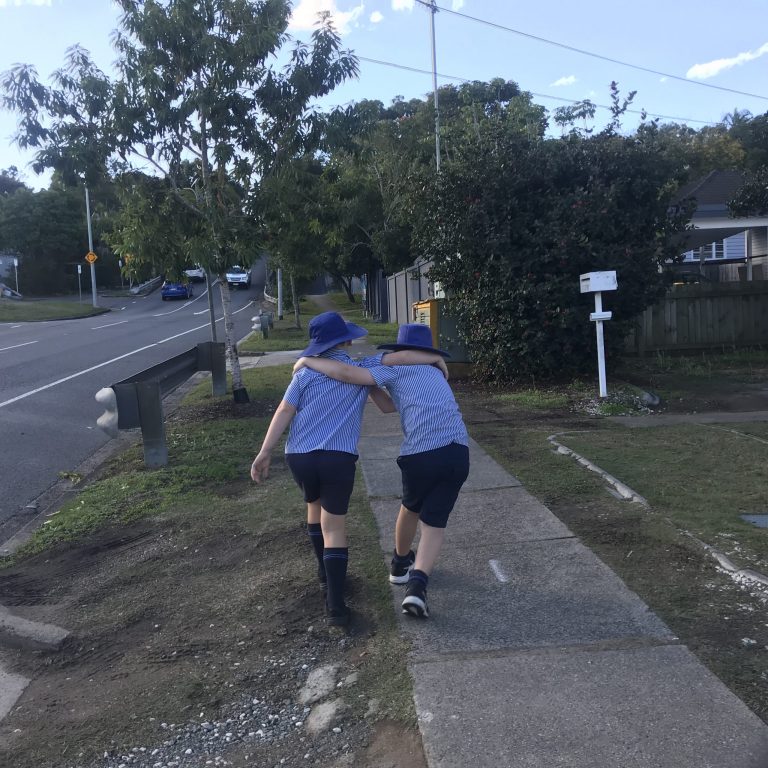
Making your case
- Identify the problem. As an example, a parent might say: “I would like to let my child walk to school but I’m not comfortable because there aren’t any footpaths or safe crossings, and the drivers of cars travel too fast.”
- Identify the solution. Following our example, the parent would say: “I would like to see some footpaths installed and a plan to slow down the drivers in their cars.”
- Identify how to implement the solution. Continuing our example, the parent would say: “The council could install calming solutions and Raised Priority Crossings, or lower the speed limit and install footpaths.”
- Provide photos and documents.
- Show your ‘Walk My Street’ Checklist results
- Show what you currently like. When responding to plans, it is useful to say what you like about a plan (shade, wide walkways, good and safe connections) as well as what you don’t. This can ensure that these aspects are protected and that they’ll know to include them in future plans. If the relevant government has a policy or standards that supports what you’re saying, include a reference to it.
- For a Development Application, show your support or rejection. Note whether you want the application to be rejected or if it’s okay to be approved with conditions that meet your objections. For other types of plans, say what you’d like to see changed, and why. For example “There should be more parkland because this neighbourhood doesn’t have enough parks to walk in.” “This street needs safe crossings so people can safely cross the road.”
TIP: It can be very useful to learn about the policies and engineering standards of your local area. Most councils have good policies and standards, but these aren’t always followed in projects. If you know the policies and standards, you can point out that the government may not be following their own rules and ask them to fix them.
TIP: Use our email template for getting in touch with your local representatives. You can add additional information, pictures and ideas about the problem and how it can be improved
